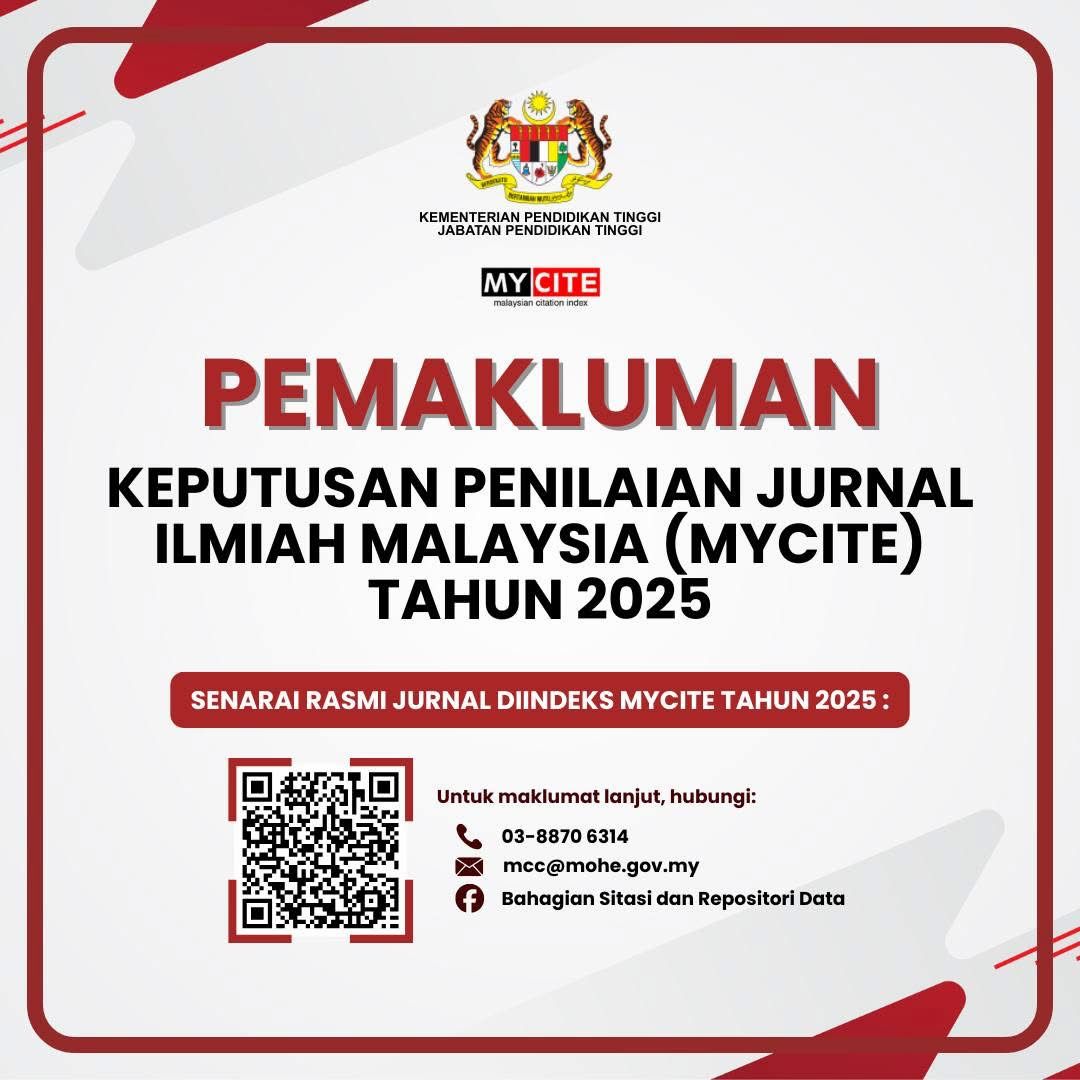Developing User Interface Mobile Application for Tourist
DOI:
https://doi.org/10.24191/idealogy.v5i2.220Keywords:
Mobile Apps, Tourist, Touchscreen, User InterfaceAbstract
Mobile phones have become full-featured mobile computers, and the usage of this technology were developed promptly. Interest towards the usages of mobile phone as an intervention in developing new application for user were also seem very promising. Much has been discus about the role of mobile application nowadays. Mobile apps that been design and created by the genius content developers, mostly are the applications that try to solve the problem facing by the user out there. Design process that has been conducted earlier in the study has led towards the invention of Thru Eye Apps. The applications are focusing on user interface and usability, and this were a baseline in developing the Thru Eyes Apps. The Thru Eye apps were developed to ease and guide tourist while traveling. With the establishment of this application, user will able to travel easily even though they travelling for the first time. Thus, this research paper discusses the user interface design process of forming Thru Eye apps in assisting tourist while travelling.
Keywords: Mobile Apps, Tourist, Touchscreen, User Interface
References
Costa, C. (2006). Cultural Factors and Usability, User Expectations for the Location of e-commerce Web Objects – Case Study in Portugal. New Media and Interactivity International Conference.
Dimitrios Buhalis, M. F. (2015). SoCoMo marketing for travel and tourism: Empowering co-creation of value. Journal of Destination Marketing & Management, 151-161.
Gavalas, K. (2011). A web-based pervasive recommendation system for mobile tourist guides. Springer Personal and Ubiquitous Computing, 59-70.
Jacob Nielsen, M. T. (2002). Homepage usability. Virginia,USA: New riders publishing.
Muhamad Fairus Kamaruzaman, N. M. (2016). Developing user interface design application for children with autism. Procedia - Social and Behavioral Sciences 217, 887 – 894.
Sinda Agrebi, J. J. (2014). Explain the intention to use smartphones for mobile shopping. Journal of Retailing and Consumer Services 22, 16-23.
Tarasewich, P. (2003). Designing Mobile Commerce Application. Communication Of The ACM 46 (12), 57-60.
Tsang, F. L. (2010). Measuring E-Service Quality for Online Travel Agencies. Journal of Travel & Tourism Marketing, 306-323.
Wagner, A. (2002). Estimating coarse gene network structure from large-scale gene perturbation data. Genome Research, 309-315.
Wang, D. P. (2012). The role of smartphones in mediating the Touristic Experience. Journal Of Travel Research, 371-387.
Wang, D. Z. (2014). Adapting to the Mobile World: A Model of Smartphone Use. Annals of Tourism Research, 11-26.
William R. King, J. H. (2006). A meta-analysis of the technology acceptance model. Information & Management 43 , 740–755.
www.iso.org. (n.d.). Retrieved 11 15, 2015, from www.iso.org/obp/ui/#iso:std:iso:9241:-11:ed-1:v1:en: https://www.iso.org/obp/ui/#iso:std:iso:9241:-11:ed-1:v1:en
Downloads
Published
Issue
Section
License
UiTM Press (the Publisher) has agreed to publish the undersigned author’s paper in Idealogy Journal. The agreement is contingent upon the fulfilment of a number of requirements listed below.
1. The undersigned author warrants that the paper entitled below is original, that it is not in any way libellous or unlawful in Malaysia, that it does not infringe any copyright or other proprietary right. The undersigned hereby represents and warrants that he/she is the author of the paper, except for material that is clearly identified as to its original source, with permission notices from the copyright owners where required. The undersigned represents that he/she has the power and authority to sign and execute this agreement.
2. The undersigned author warrants that the paper entitled below has not been published elsewhere, and also it will not be submitted anywhere else for publication prior to acceptance/rejection by this Journal.
3. By submitting the paper entitled below, the undersigned author agrees to transfer the rights to publish and distribute the paper in an international e-journal (entitled above) to Publisher.
4. The undersigned author agrees to make a reasonable effort to conform to Publisher's submission guidelines and to liaise with the editor to ensure that the requirements of these guidelines are met to a reasonable degree.
5. The corresponding author signs for and accepts responsibility for releasing this material on behalf of any and all coauthors. This agreement is to be signed by at least one of the authors who has obtained the assent of the co-author(s) where applicable. After submission of this agreement signed by the corresponding author, changes of authorship or in the order of the authors listed will not be accepted.



